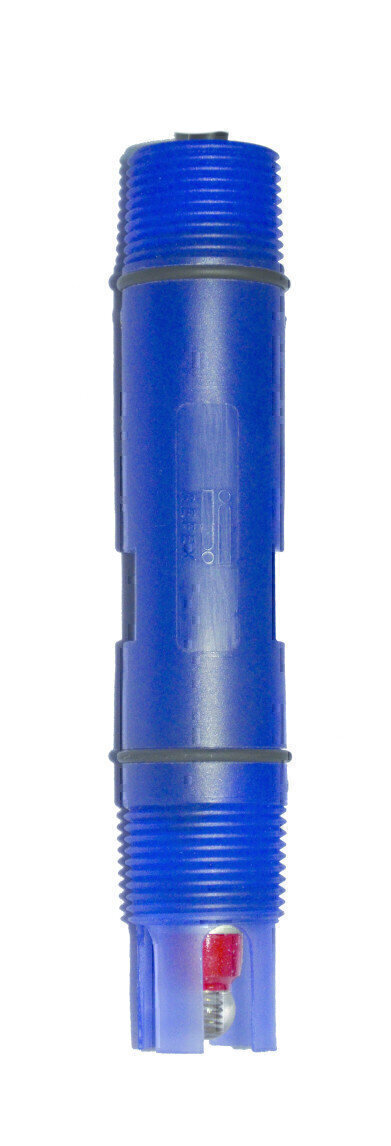Water/Wastewater
Non-Porous Reference Electrodes for pH Measurement and Control of Brines
Sep 08 2016
Chlorine gas is produced in a membrane cell chlor-alkali process. Saturated brine is introduced into a high voltage electrolysis cell where chloride ions are oxidised to chlorine gas at the anode. To optimise yield while minimising corrosion damage to the expensive electrolysis membrane cell, brine pH must be carefully controlled between pH 2.00 and pH 4.00 by the addition of HCl.
Depleted brine from the cell is re-saturated with salt in a recirculation system for reuse over and over again. After leaving the electrolysis cell, the pH of the brine is adjusted to between 10 and 12 so that impurities in the brine (such as metals and sulphates) can be removed by precipitation. pH measurement and control by the addition of Hydrochloric Acid (HCl) and Sodium Hydroxide (NaOH) is critical throughout the process.
The challenges of reliably measuring pH in brine applications is severe. KCl is typically used in pH probe reference junctions because the equivalent conductance of a Potassium ion (K+) and a Chloride ion (Cl-) are almost the same. The equivalent conductance of a Sodium ion is much less, a Hydronium ion much higher, causing significant asymmetry potentials in the electronic circuit. This leads to measurement error and accelerated KCl diffusion across the electrode junction. Chlorinated brine pH is measured close to the electrolysis cell electrodes where very high electrical currents are present. These currents cause ground loops in the pH measurement circuit, creating offsets and shortening electrode life. In short, pH measurement in the process using traditional electrodes quickly becomes sluggish and inaccurate, causing waste of pH correction chemicals and impacting plant performance and yield.
The solution to these problems is a pH probe using a Refex (Ireland) Solid-State NON-POROUS reference interface - an electrochemically active, ionically conductive interface that forms an impenetrable barrier between the process brine from the Ag/AgCl electrode in 2.8 mol /l KCl electrolyte. Non-porous Refex Electrodes are immune to KCl loss/diffusion, ground-Loop currents (a liquid Earth should always be used) and to fouling and poisoning.
The Refex/pH and Refex ORP combined electrodes are the only ones that can withstand all Chlor-Alkali application challenges. The Patented NON-POROUS reference interface has solved all the problems of the past.
Refex – the First to Last.
Digital Edition
IET 34.2 March 2024
April 2024
Gas Detection - Biogas batch fermentation system for laboratory use with automatic gas analysis in real time Water/Wastewater - Upcycling sensors for sustainable nature management - Prist...
View all digital editions
Events
Apr 30 2024 Melbourne, Australia
Apr 30 2024 Birmingham, UK
May 03 2024 Seoul, South Korea
May 05 2024 Seville, Spain
May 06 2024 Minneapolis, MN, USA


















